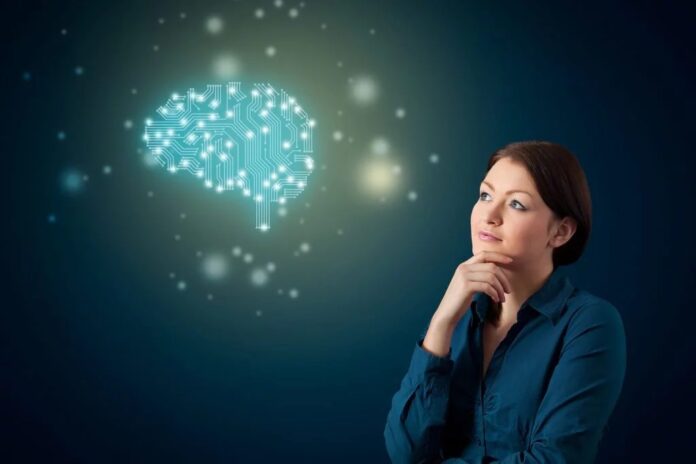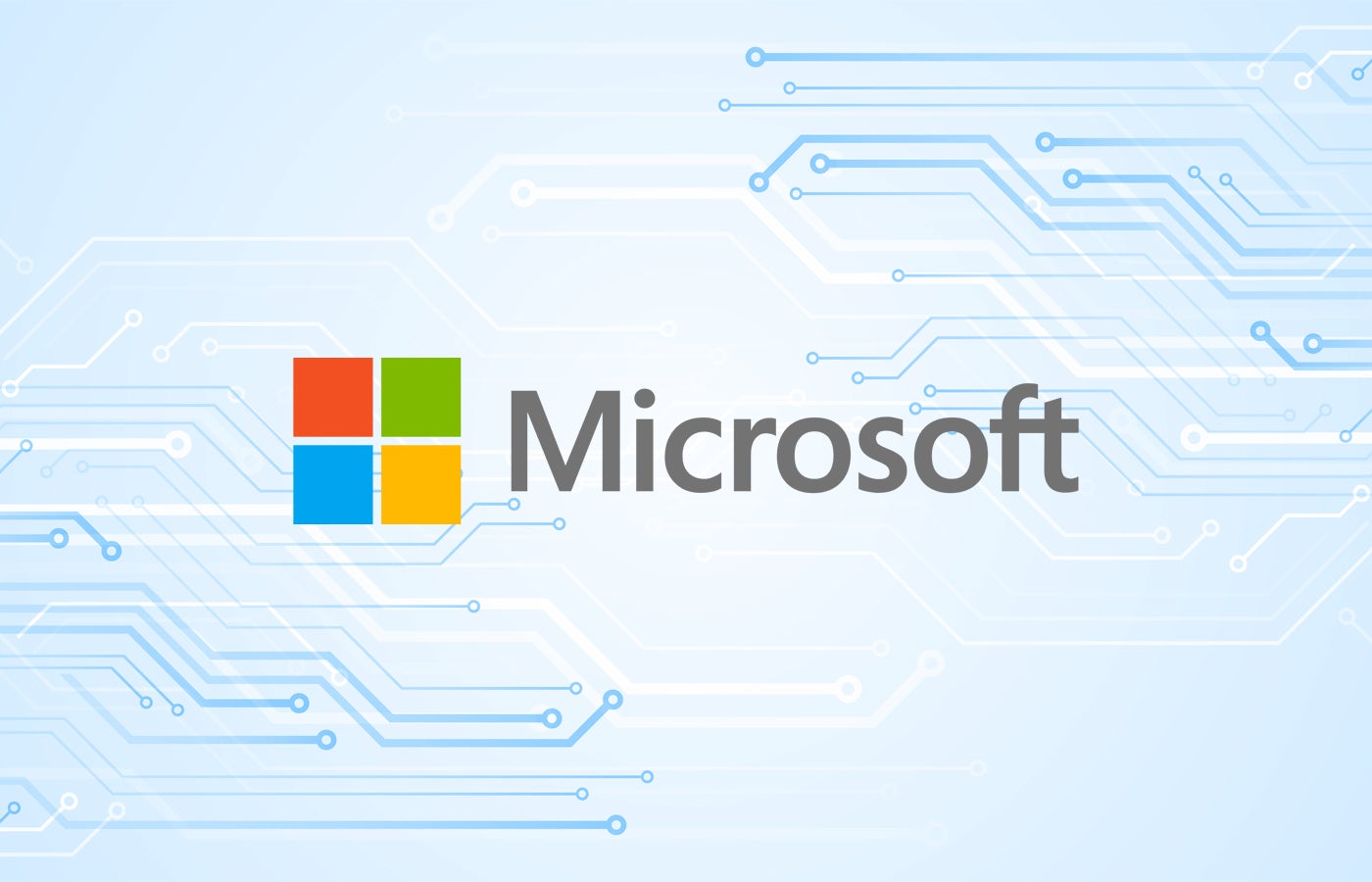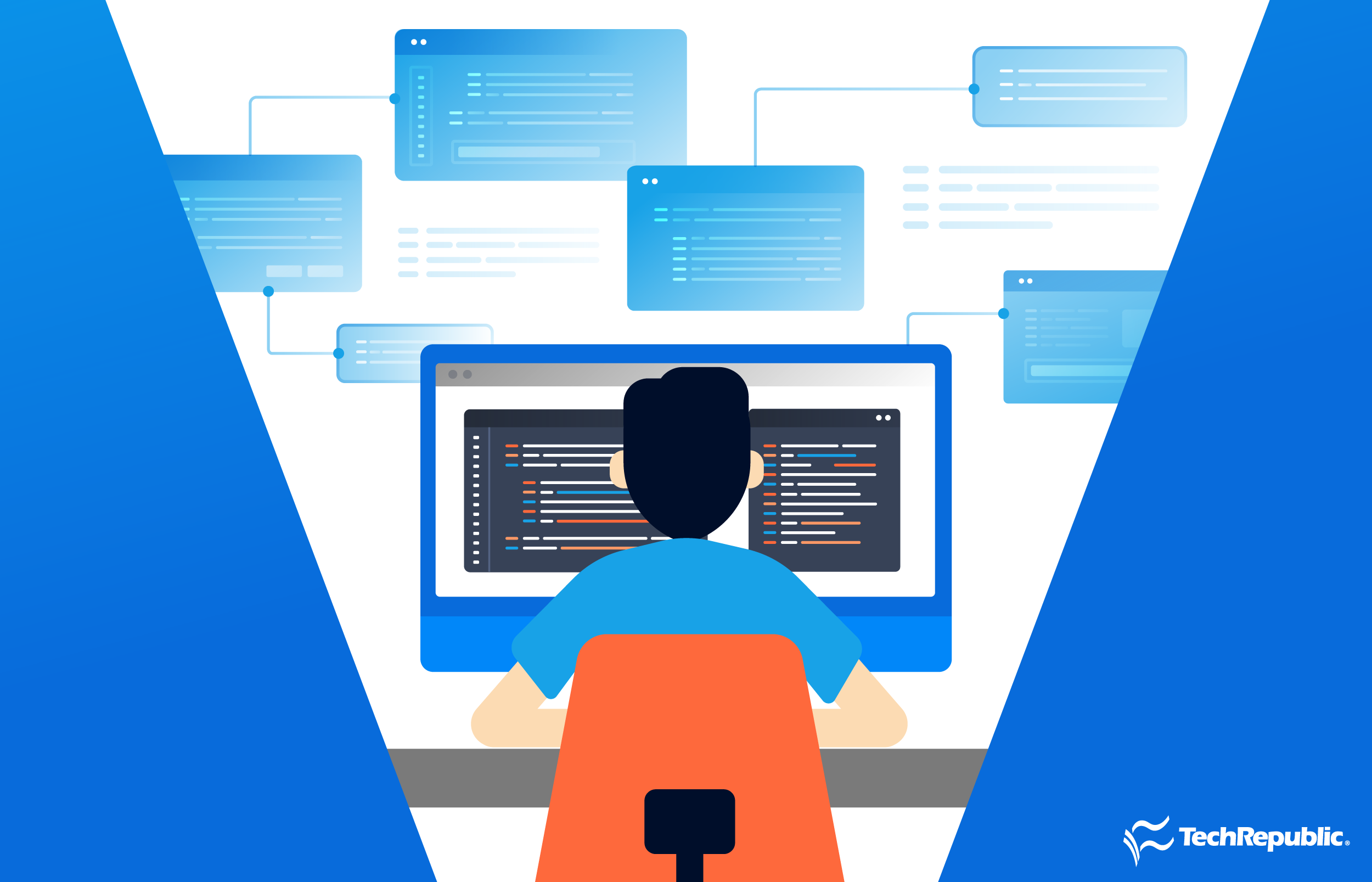Nowadays, Artificial Intelligence (AI) is a widely discussed subject in the circles of business at all levels. The majority of business experts and analysts claim that AI is our future. However, if we think carefully, AI is not the future – AI is the present! Let’s take your email service as an example. It uses AI to sort emails for you not to get spam. Amazon and other e-commerce platforms use AI to recommend goods to the customers taking the information that has been collected. Siri, Alexa, and Google Assistant turn to AI to enhance their user’s experience. Although technology is in the basic stage of its development, many companies already invest huge budgets in AI, assuming that AI-powered products have a very promising future.
One of the fields that AI could transform entirely in the nearest future is Learning (Training) and Development (L&D). But, before we talk about the ways AI will transform the Learning and Development sector, we should discuss the part AI takes in Learning and Development.
Why is Artificial Intelligence Important to Learning & Development?
Learning and Development specialists should be aware of rapidly developing technology and use it to enhance the learning processes. In terms of AI, L&D experts should explore and implement AI improvements to develop new training strategies and techniques. Leading research and advisory company Gartner predicted that by the end of 2020 about 85% of customer services would be performed by machines (bots), not humans. One more report claimed that about 20% of the training materials would be produced by AI. Moreover, the Bank of America stated that by 2025 AI would be the reason for $14-33 trillion industrial expansion annually.
Thus, AI will have a great influence on the L&D sector. L&D specialists need to track huge amounts of information using AI software and machine learning. This information will give L&D experts insights that will help them develop new training programs for effective learning.
7 Ways how AI is transforming Learning and Development
The most important way AI will change the training, learning, and development sector is to help organizers establish more optimized and effective training methods and techniques. So, here we propose 7 ways how AI is about to transform L&D:
Personalizing the learning pathways
Every person has a different style of how he/she learns and processes new information. That’s why the schooling process would be more effective if these preferences were taken into consideration. AI allows training programs to adapt to the needs of each employee. The benefits of adopting AI in Personalized Learning are:
- Time is saved. Employees achieve their learning goals faster as they get information based on their personal preferences and objectives.
- Engagement is encouraged. Learning system powered with AI analyses each learner and proposes a learning program based on his/her past performance and objectives.
- The learning process is automated. With AI, you can build a learning platform where all data, programs, materials, schedules based on individual learner’s experience, preferences, and objectives are stored, tracked, and delivered.
- ROI is growing. The formula is simple: faster learning, paired with greater engagement leads to better learning results. Better learning results lead to a positive return on a company’s learning investment.
Integrating training into the routine workflow
Stephen Walsh, a co-founder of Andres Pink, states that 93% of organizations wish to integrate learning into the routine workflow. However, 56% of learning is very formal and delivered face-to-face. Most of the learners are not satisfied either with the schedule of training or the format of information delivery. A learning system, powered with artificial intelligence is the solution to this problem as well and the benefits are simply the same: time is saved, employees are engaged and involved, the learning process is automated and the profit of the organization grows at the speed of light! When powered with AI, the learning system will provide a program, materials, and schedules that are personally developed for each employee.
Reinforcing training and development
Reinforcement is a process used to make learning valuable and remind the learners to apply meaningful knowledge in practice. It’s no secret that employees are too busy and sometimes lazy to work on their development. Bryan Austin in his “Modern Corporate Learner“ paper, claims that specialists are eager to dedicate only 1% of their precious time to learning and professional development. And the MASIE Center, an international learning LAB, states that employees finish only 15% of the learning programs that were assigned to them. Despite this fact, organizations spend billions of dollars on employee development programs annually. AI-equipped learning programs are called to solve the problem with poor reinforcement of training and development and can improve your reinforcement program, including:
- automation of all the processes that save time;
- personalizing the learning and reinforcement processes that boost engagement;
- personalizing the learning and reinforcement processes, that improves completion rates;
- automation of analytics that measures learning effectiveness and others.
Improving completion rates
As mentioned above, today only 15% of employees are ready to complete their learning programs. However, with Artificial intelligence delivering training content in the learner’s preferred learning format that is followed up with reinforcing stimulating methods, completion rates will improve. Here are 4 tips on how to improve completion rates using AI:
- develop a learning program based on the personal preferences of each employee;
- make the course short and engaging;
- turn to professionals to create a learning platform where all the processes will be automated;
- once you measure learning effectiveness, do not forget to report on the results or even reward your employees.
Providing accessibility
AI products make training programs reachable to a wide group of learners, including people with different types of disabilities. For example, Google presented an Automatic Captions Video App in 2009, which could help deaf people. Besides, the App is equipped with auto-translation functionality that helps people enjoy watching videos in more than 50 languages. For blind people, AI delivers programs and solutions that create alternative texts for pictures and images. Google presented Cloud Vision API that utilizes neural networks to distinguish the context and create a textual version for an image. Thus, with AI, experts will develop training programs accessible to any learner.
Measuring learning and training effectiveness
Averaging the learning process performance is very crucial, but time-consuming. Once L&D professionals use AI systems they collect and analyze data quickly to get certain insights on learning effectiveness. The insights point out learner’s progress and emphasize learner’s knowledge gaps, if any. Then an AI-equipped learning program suggests ways to fulfill the uncovered gaps. With AI, a 4–level Kirkpatrick Evaluation Model will perform even more effectively to guarantee that the initial learning goals are accomplished.
Focusing on AI-based digital tutors
AI-based tutors can replace teachers, lecturers, speakers, and coaches. Sounds implausible? But it’s true! Just a couple of years ago DARPA (Defence Approach Research Agency) sponsored a study that was called to develop a digital tutor to copy the interplay between an experienced specialist and a learner. The aim was to diminish the time spent by navy trainees to achieve some high-tech skills. The experiment revealed that when working with AI-based digital tutors, trainees not only obtained the skills quickly but also overperformed experienced experts. It means that potentially AI-based tutors could replace existing experts with time, and the learning process will be even more effective.
Bottom Line
Ultimately, applying AI in training, learning and development will allow learners to receive training content based on their preferences, skills, and personal traits. Moreover, AI makes programs accessible to all learners even with different types of disabilities. If personalized, AI-powered learning courses will significantly improve completion rates and boost engagement. In addition to that, a learning platform driven by artificial intelligence enables organizers to offer training options for the employees 24/7, track results, analyze data, measure learning effectiveness, and make learning even more effective and efficient.





